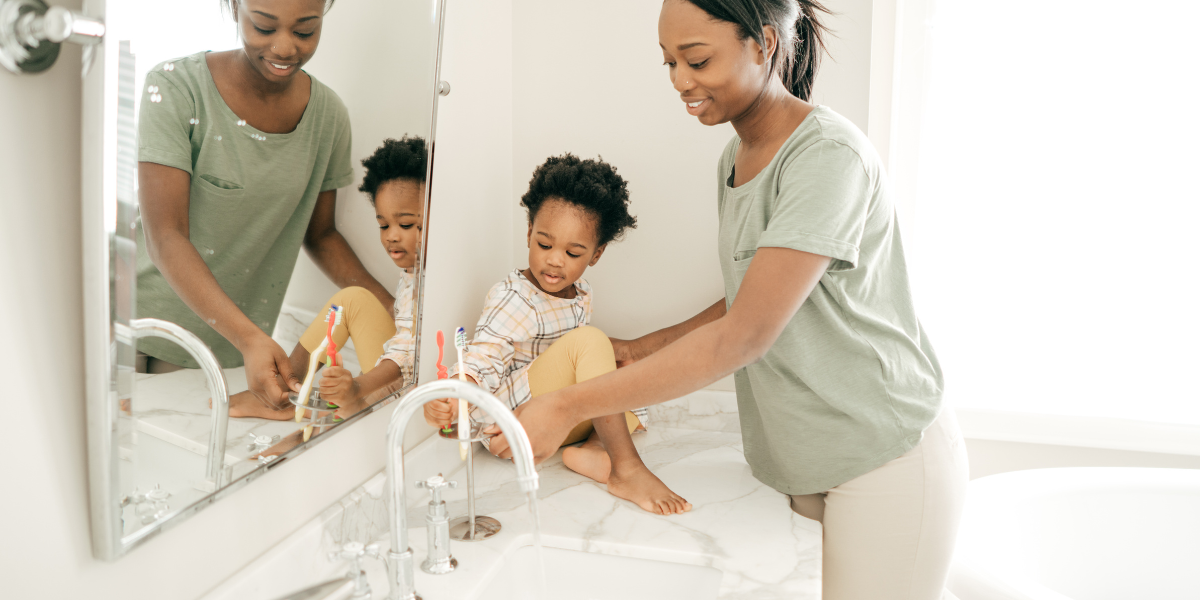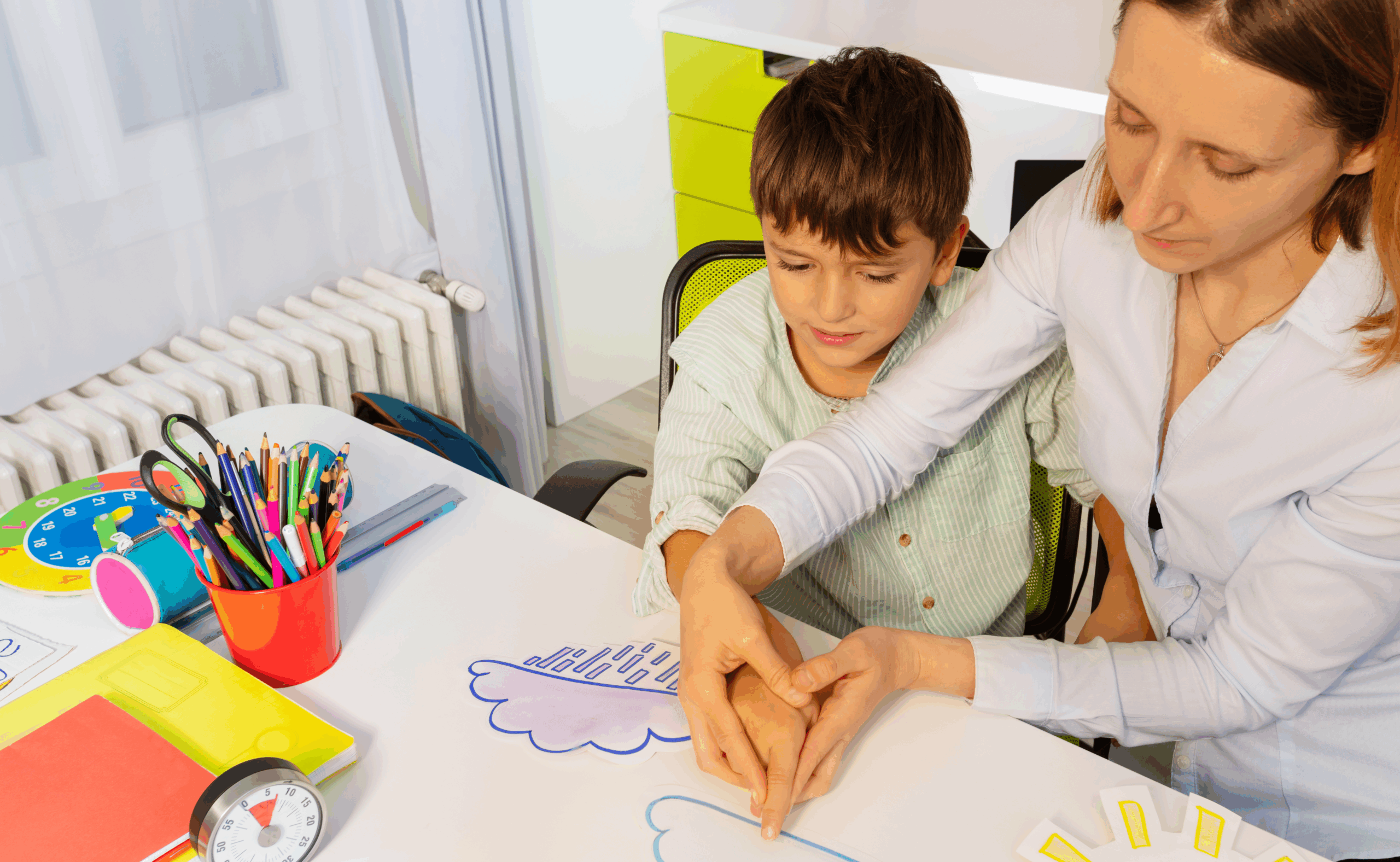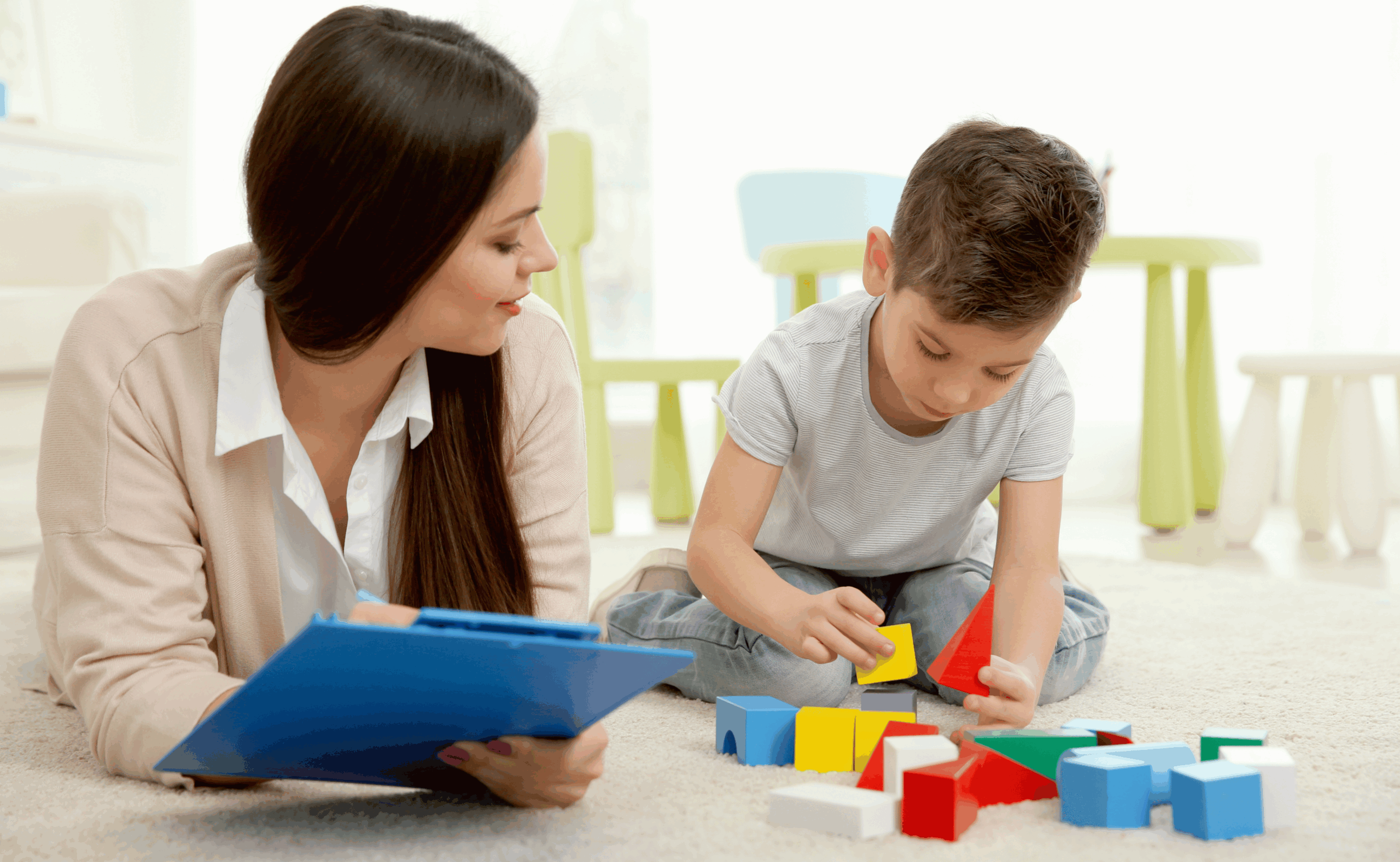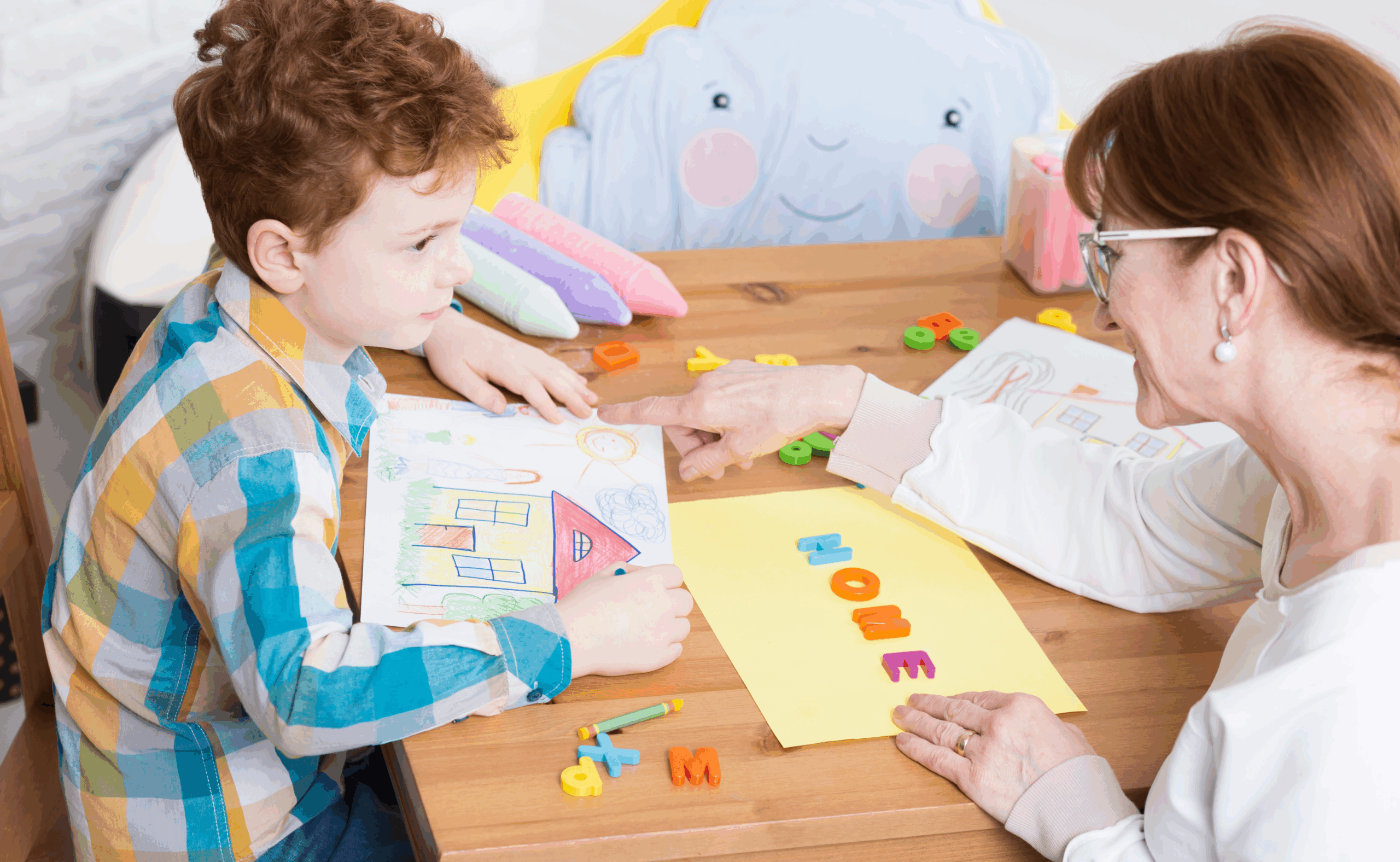Creating a harmonious blend of home and daycare routines is crucial for a child’s development. Consistency in routines not only provides a sense of security and predictability but also fosters emotional well-being and cognitive growth. In Ohio, where access to quality daycare and early childhood education programs is essential, aligning home routines with these programs can significantly enhance a child’s learning and development.
Why Should You Build a Consistent Routine?
Consistency is more than just a daily schedule; it’s a cornerstone of a child’s development that impacts their emotional security, independence, cognitive growth, and ability to transition between environments.
- Consistency Makes Your Child Feel Secure
A predictable environment plays a critical role in making young children feel secure. When children know what to expect throughout their day, they experience reduced anxiety and stress. Consistent routines provide a sense of stability and control, helping children understand their world better and feel more confident in their daily activities. This security is essential for emotional well-being and can mitigate feelings of uncertainty or fear, especially in new or changing situations. - Consistency Helps Your Child Develop Independence
Consistent routines empower children to take charge of their daily activities and responsibilities. When routines are stable, children learn to anticipate and understand what comes next, which fosters a sense of autonomy. For example, when mealtimes, playtimes, and bedtime are consistent, children can begin to anticipate these activities and engage with them more independently. This growing sense of control and self-reliance is a crucial aspect of their development, helping them build confidence and self-efficacy. - Consistency Allows Your Child to Learn and Grow
Predictable schedules create optimal conditions for cognitive development and skill acquisition. Consistency in routines allows children to focus on learning and exploration without being overwhelmed by constant changes. When children know what to expect, they can better concentrate on developing new skills, solving problems, and engaging in educational activities. This structured approach enhances their ability to acquire and practice new abilities, whether it’s learning to use a fork, recognizing shapes, or mastering social skills.
- Consistency Helps Your Child Transition Smoothly
Aligned home and daycare routines are essential for minimizing adjustment challenges and facilitating smooth transitions. When the routines at home and daycare are consistent, children experience less confusion and stress when moving between these environments. This alignment helps children feel more comfortable and adaptable, as they are not confronted with starkly different expectations or schedules. Smooth transitions contribute to a more positive experience in both settings, supporting overall emotional stability and continuity in learning.
Understanding the importance of consistency helps underscore why it’s essential to create and maintain predictable routines for young children. This foundational stability allows children to thrive emotionally and intellectually, paving the way for a more successful and fulfilling early childhood experience.
Building a Strong Foundation with Your Daycare Provider
Open and honest communication with your child’s daycare provider is paramount for creating a harmonious and supportive environment for your child. Effective communication helps ensure that your child’s transition between home and daycare is smooth and that both environments work together to support their well-being and development.
- Share Daily Schedules
Exchanging information about your child’s typical day at home and at daycare is crucial. Provide the daycare provider with a detailed overview of your child’s daily routine at home, including wake-up times, meal times, nap times, and bedtime. Similarly, ask for a detailed description of the daycare’s daily structure. This exchange of information helps both parties understand each other’s expectations and ensures that your child experiences a consistent schedule across both environments. For instance, if your child is used to a morning snack at home, sharing this detail helps the daycare incorporate a similar routine, thereby avoiding any disruptions to your child’s routine. - Discuss Nap and Meal Times
Coordinating nap and meal times is a key aspect of maintaining consistency between home and daycare. Discuss your child’s sleep needs, including nap duration and any specific routines or comfort items that help them sleep better. Likewise, ask about the daycare’s nap schedule and any specific practices they follow. Similarly, align meal and snack times to ensure that your child’s feeding routine is consistent throughout the day. By coordinating these schedules, you help prevent any disruptions in your child’s daily rhythm, which can contribute to a more stable and predictable environment. - Communicate About Activities
Discussing the learning activities and routines implemented at daycare helps bridge the gap between home and daycare. Inquire about the types of educational activities, playtime routines, and any specific themes or goals that are being focused on at daycare. Share any activities or routines that you have been implementing at home that complement or support the daycare’s programs. For example, if the daycare is focusing on a particular theme such as animals, you might incorporate related books or educational toys at home. This alignment ensures that your child’s learning experiences are reinforced and enriched, providing continuity and enhancing their overall development. - Address Behavioral Expectations
Openly discuss any behavioral expectations or guidelines that are emphasized at daycare, such as social interactions, discipline strategies, or routines for transitions. Share any observations or strategies you use at home to manage behavior and encourage positive interactions. This collaborative approach ensures that both you and the daycare staff are on the same page regarding expectations and methods, leading to a more cohesive approach to behavior management. - Provide Feedback and Updates
Regularly provide feedback and updates to your child’s daycare provider. Share any changes in your child’s behavior, health, or preferences that may impact their experience at daycare. Similarly, seek feedback from the daycare provider about how your child is adjusting to the routine and any areas where additional support might be needed. This ongoing dialogue helps address any issues promptly and allows for adjustments to be made as needed, ensuring that your child’s needs are consistently met.
Building a strong foundation through open and honest communication with your child’s daycare provider is essential for creating a seamless transition between home and daycare. By sharing daily schedules, coordinating nap and meal times, discussing activities, addressing behavioral expectations, and providing regular feedback, you contribute to a supportive and consistent environment that enhances your child’s overall experience and development. This collaborative approach fosters a positive relationship between home and daycare, ensuring that your child thrives in both settings.
Creating a Consistent Home Routine
A well-structured home routine provides a solid framework for your child’s day, offering stability and predictability that complements their experiences at daycare. By establishing consistent routines at home, you help create a seamless transition between environments and support your child’s overall development.
Establish a Morning Routine
- Wake-up Time
Aim for a consistent wake-up time that aligns with your child’s daycare schedule. This helps regulate their internal clock, making it easier for them to adapt to both home and daycare routines. Try to wake your child up at the same time each day, even on weekends, to maintain a stable routine. - Personal Hygiene
Encourage independent self-care routines, such as brushing teeth and washing hands. Introduce these activities in a fun and engaging way to build good habits and promote self-sufficiency. Providing child-sized tools and offering positive reinforcement can make these tasks more enjoyable. - Healthy Breakfast
Start the day with a nutritious meal to fuel your child’s energy levels and support their growth. Include a variety of food groups such as fruits, whole grains, and proteins. A balanced breakfast sets the tone for a productive day and enhances concentration and mood. - Calm Activities
Incorporate quiet activities, like reading books or doing puzzles, to start the day peacefully. These calming activities help your child transition smoothly from sleep to wakefulness and provide a positive start to their day.
Structure Playtime
- Designated Play Areas
Create specific areas for different types of play, such as indoor, outdoor, and creative play spaces. Having defined areas helps your child understand where different activities take place and encourages them to engage more fully in each type of play. - Rotate Toys
Keep playtime engaging and stimulating by regularly introducing new or previously forgotten toys. Rotating toys helps maintain interest and provides varied play experiences that support cognitive and social development. - Encourage Imaginative Play
Provide props and opportunities for storytelling and role-playing. Imaginative play, such as playing dress-up or creating stories, enhances creativity, problem-solving skills, and social interactions. - Limit Screen Time
Balance technology with physical and social activities. Set limits on screen time and encourage alternative activities like outdoor play, reading, or interactive games that promote physical movement and social engagement.
Implement a Bedtime Routine
- Wind-down Time
Establish a relaxing routine to signal the end of the day. Activities such as dimming the lights, listening to calming music, or engaging in quiet conversation help prepare your child for sleep and create a sense of calm before bedtime. - Bath or Shower
Create a soothing atmosphere with gentle products and soft lighting during bath time. A warm bath or shower helps your child unwind and signals that bedtime is approaching. - Storytime
Reading books together before bed stimulates imagination and language development. Choose stories that are calming and enjoyable, and use this time to bond with your child. - Consistent Bedtime
Maintain a regular sleep schedule by putting your child to bed at the same time each night. Consistent bedtimes help regulate your child’s sleep patterns and ensure they get the rest they need for optimal growth and development.
Incorporating Learning into Daily Life
Early childhood education focuses on holistic development, and you can complement daycare efforts by integrating learning activities into everyday routines:
- Language Development
Engage in frequent conversations with your child, read books together, and sing songs. Talking about daily activities and describing objects and events helps build vocabulary and language skills. - Cognitive Skills
Introduce activities that challenge your child’s thinking, such as puzzles, sorting games, and shape-matching exercises. These activities support problem-solving skills and cognitive development. - Fine Motor Skills
Encourage activities that develop fine motor skills, such as drawing, coloring, and building with blocks. These activities help improve hand-eye coordination and dexterity. - Gross Motor Skills
Promote physical activity through dancing, jumping, running, and other exercises that develop gross motor skills. Engaging in regular physical activity supports overall health and physical development.
Creating a consistent home routine provides a solid foundation for your child’s day, complementing their experiences at daycare and supporting their overall development. With structured routines, you will be able to help create a nurturing environment that promotes security, independence, and growth. This consistent approach not only enhances your child’s daily experience but also fosters a seamless transition between home and daycare, contributing to their overall well-being and development.
Incorporate a Consistent Routine at Home with the Help of Clever Bee Academy
Are you searching for a daycare in Ohio? At Clever Bee Academy, we are committed to fostering social-emotional learning in all our students. Our child development centers provide a nurturing environment where children can thrive and reach their full potential. Our programs support children from infancy to twelve years old, catering to the diverse needs of each age group.
Schedule a tour to visit our locations and meet our dedicated educators, who are passionate about nurturing your child’s social-emotional growth and overall development.







